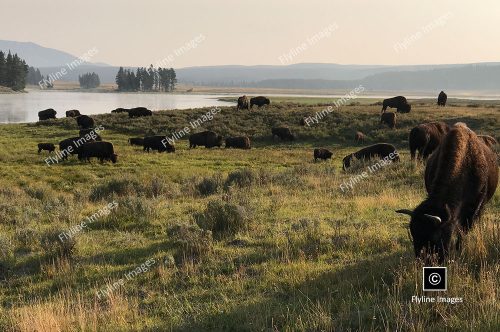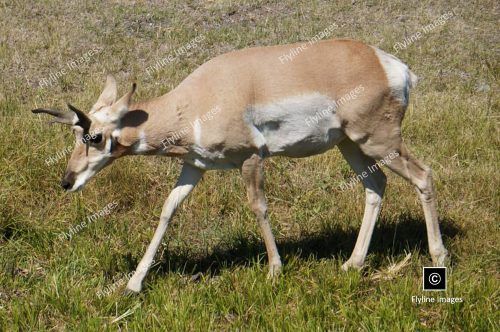Elk In Yellowstone National Park
Elk 7947
$5.00
Description
Purchase this photo for your use. This group of Yellowstone Elk was feeding near Yellowstone lake.
Image & Download Information
For this product, we have provided 3 image size options, Large 4000 x 2500, Medium 2000 x 1250 and Small 1000 x 625. When you purchase this photo, you will receive an email confirmation of your order. That email will summarize your purchase and provide you with the download links for the images and videos you purchased.
MORE ABOUT THIS PHOTO
Elk are drawn to feed along the Yellowstone Lake due to the lush, nutrient-rich vegetation found in this area. The lake’s surrounding grasslands provide an ideal feeding ground for elk, offering an abundance of fresh grasses and aquatic plants that are not as readily available in other areas. Additionally, the lake’s ecosystem supports a diverse range of plant species, ensuring a varied diet for these animals. This abundance of food, coupled with the relative safety from predators provided by the open spaces near the water, makes Yellowstone Lake an attractive feeding destination for elk herds.
The presence of elk in the Yellowstone Lake area not only benefits the ecosystem, but also contributes to the overall visitor experience. Elk are a common sight for park visitors and provide opportunities for wildlife viewing and photography. However, it is important for visitors to remember that these animals are wild and should be observed from a safe distance.
In addition to providing food and shelter for elk, the lake’s ecosystem also supports a variety of other wildlife species. The abundant vegetation and water sources attract many different bird species, such as ospreys, bald eagles, and herons. These birds rely on the lake for food and nesting sites, making it an important habitat for their survival.
Furthermore, the presence of elk in the Yellowstone Lake area can have far-reaching impacts on the park’s ecosystem. As keystone species, elk play a crucial role in maintaining the balance of plant and animal populations within their environment. For example, by grazing on certain plants, they prevent them from becoming overgrown and dominating other species. This helps to maintain a diverse and healthy ecosystem for all inhabitants.






